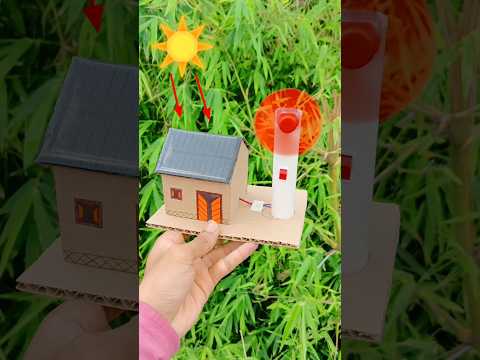As the world pivots toward sustainability, integrating solar energy with water and wastewater treatment systems has emerged as a game-changing strategy. This fusion not only reduces environmental impact but also offers a reliable and efficient approach to managing essential resources. Here, we explore the significance, advantages, and considerations of this innovative approach.
The Importance of Sustainable Water and Wastewater Treatment
In the face of climate change and population growth, sustainable solutions for water and wastewater treatment are more critical than ever. They help meet water demand, reduce pollution, and conserve precious resources. Utilizing solar energy enhances these benefits by tapping into a renewable power source, minimizing carbon footprints.
Advantages of Combining Solar Energy with Water Treatment
- Environmental Impact: Solar energy drastically cuts greenhouse gas emissions compared to fossil fuels, contributing to a healthier planet.
- Cost-Efficiency: While solar installation can be expensive initially, it offers long-term cost savings due to reduced energy bills.
- Energy Independence: Using solar power grants greater energy security and reduces dependence on non-renewable energy sources.
- Resilience: Solar-powered systems are often more resilient in disaster scenarios, maintaining functionality when conventional power sources fail.
Applications in Different Scales
- Residential: Homeowners can apply solar solutions for small-scale wastewater treatment systems.
- Municipal: Cities can deploy solar infrastructure to support large-scale water and wastewater treatment facilities.
- Industrial: Businesses can integrate solar to manage wastewater from industrial processes, ensuring compliance with environmental regulations.
Challenges to Overcome
Despite the numerous benefits, several challenges exist:
Read more about sustainability here.
- Initial Investment: The upfront cost of solar panels and infrastructure can be a barrier.
- Space Requirements: Sufficient space is necessary for placing solar panels, which might not be available everywhere.
- Intermittency: Solar power is weather-dependent, necessitating backup systems or storage solutions.
FAQs About Solar-Powered Water and Wastewater Treatment
- Q: What is the lifespan of solar panels used in water treatment facilities?
- A: Typically, solar panels have a lifespan of 25 to 30 years with proper maintenance.
- Q: Can solar energy fully power a large-scale wastewater treatment plant?
- A: Yes, but it often requires an extensive array of panels and possibly supplementary energy storage systems.
- Q: How does solar energy impact the operational costs of treatment facilities?
- A: It significantly reduces operational costs over time due to lower energy expenditures.
- Q: Is there any government support for adopting solar-powered water treatment?
- A: Many governments offer grants, subsidies, and tax incentives to encourage the adoption of solar energy solutions.
Conclusion
Adopting solar energy in water and wastewater treatment systems represents a promising path toward achieving long-term sustainability. Although initial challenges exist, the environmental and economic benefits make it a viable and essential strategy for the future.


